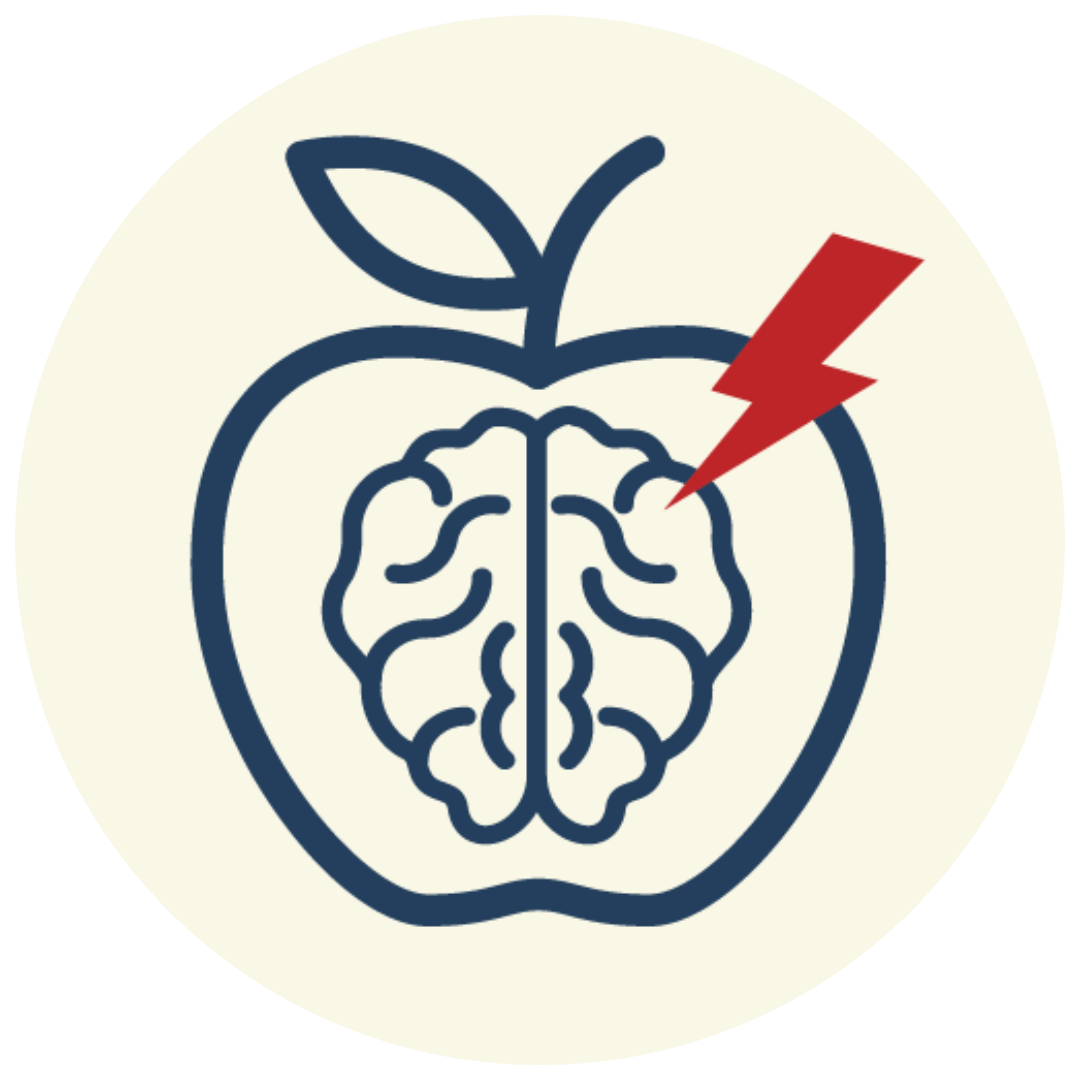Kids are Advocates, too!
The migraine and headache communities are digging in and really moving the bar for advocacy. Advocating for kids is important, but think about the impact on advocacy when the kids and teens share their stories and voices. Not only is advocacy important, but the empowerment one gets from advocacy is crucial. How can kids get involved in advocacy?
Miles for Migraine
Kids can participate in the run, walk or relax events. By signing up they will get a t-shirt they can wear to school or other events to raise awareness. Could you imagine a school creating a team and doing this event together? Starting in 2020 my kids and I began signing up for a virtual walk since there aren’t any walks close by. We pick a Saturday and pick a location. Sometimes we walk in our town’s downtown area, other times we’ve walked our neighborhood. There is also a Cluster 5k for those who want to raise awareness for cluster headache organized by Clusterbusters.
Shades for Migraine
June 21 is Shades for Migraine. The challenge is to take a photo of yourself wearing shades and use the hashtag #ShadesForMigraine on social media. This raises awareness in a very simple way. While it does seem simple, making people aware of how many people they know who have migraine, letting other people know you have migraine may help them not feel alone for the first time.
Migraine & Headache Awareness Month
The month of June is Migraine & Headache Awareness Month (MHAM). Taking a few minutes to share a meme that raises awareness on social media can be a simple but great way to start. Sharing a photo or a part of your journey can be empowering and help others who need to know they aren’t alone. Hearing the voices of the students and kids who experience migraine is an important piece of the puzzle.
Headache on the Hill
The Alliance for Headache Disorders Advocacy has an event every year where advocates learn how to advocate with Congress. During the training, advocates will learn about one or two issues in which they will advocate for. Then in one day, advocates will have meetings with all of their representatives for their home (or in some cases work location). These meetings take preparation, but are an amazing way to see and understand more about how our government works and see it in action. This year (2022) I was able to advocate with my oldest daughter who is 17. She was able to use this experience for a project at school for her government portfolio. The experience was empowering to her and very educational to understand the process of how an ask evolves into change.
Migraine at School
What better way to advocate for students than at school. Also, I’m sure it would be very helpful for schools to hear from students how migraine impacts their lives. When students speak up and help staff understand the impact of migraine on their day and schoolwork, it not only helps them understand your experience but it helps them be on the lookout for other students who might be struggling with migraine and help them talk with health care providers. Migraine at School was born out of the question, “How do we reduce stigma?” If kids are taught about migraine disease and schools are more migraine and headache aware – naturally reducing stigma should follow.
Are you a student with migraine? Have you considered advocating for migraine or headache disease? What responses have you gotten?
Written by: Anna Williams
Brought to you in partnership with Scotland Clothing.


